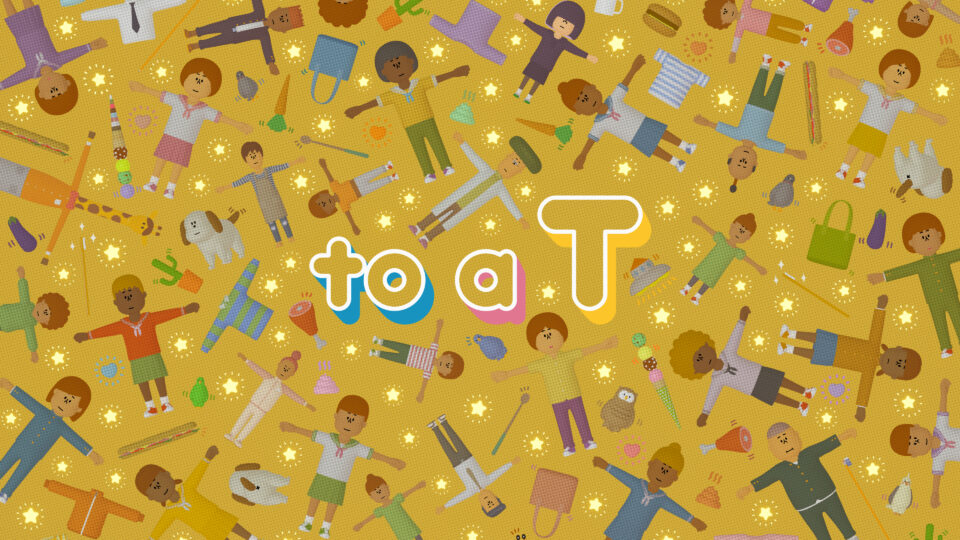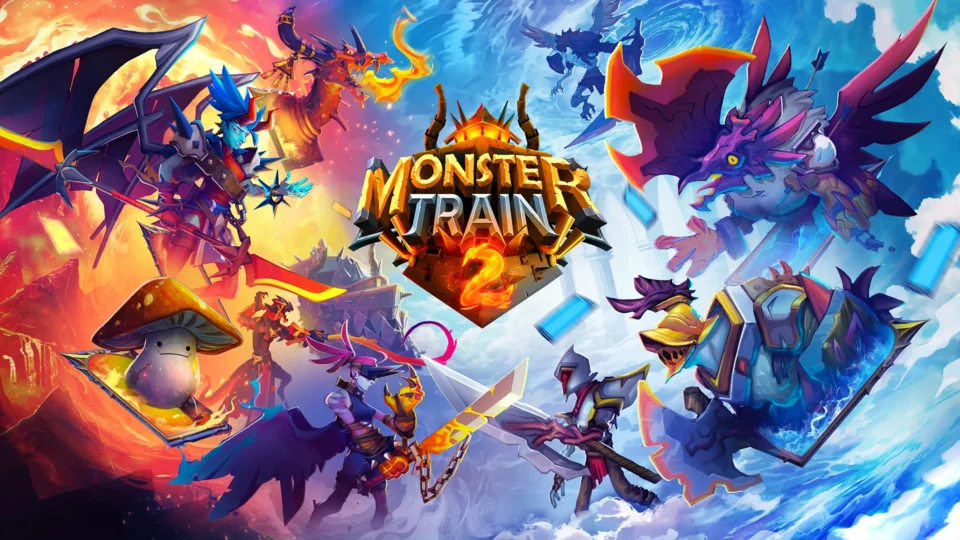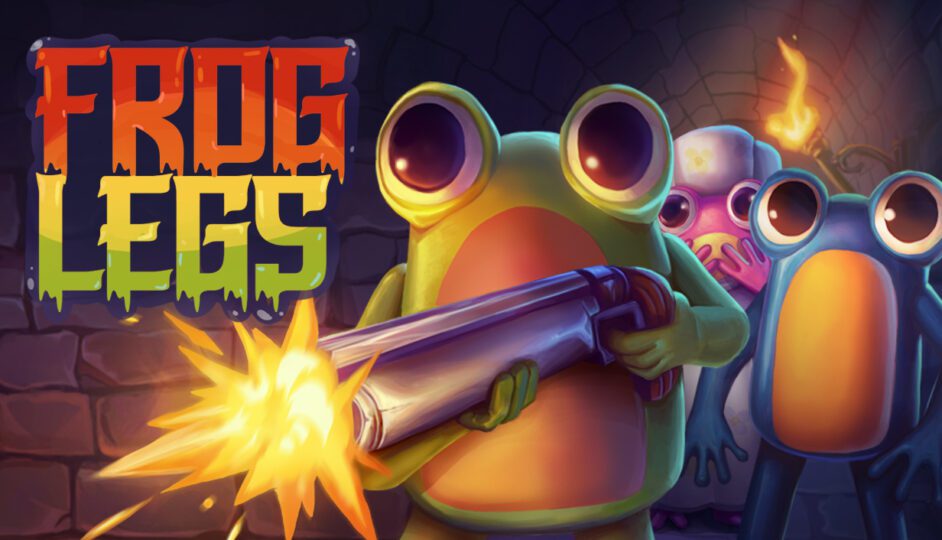If you’re a comic book fan when it comes to video games, you take the good with the bad. For every Marvel Snap, there’s a DC Dual Force. Ultimate Alliance, a Deadpool. Every Injustice, a Green Lantern…. And for every Avengers, there’s a Suicide Squad.
This is Suicide Squad Kills The Justice League, a Co-Op live service looter shooter game from Rocksteady Studios. Set in the same DC Comics universe as their previous Arkham titles dropping you and up to three of your friends in to a Metropolis currently under attack. The Worlds Finest are gone, mind controlled by Brainiac and now standing against us. Suicide Squad Kills The Justice League sees you playing as a group of misfit convicts, trying to do the seemingly impossible, stop Brainiac and save the world but first you have to deal with the Fastest Man Alive, the Worlds Greatest Detective, The Man of Steel, and Green Lantern (Sorry John).
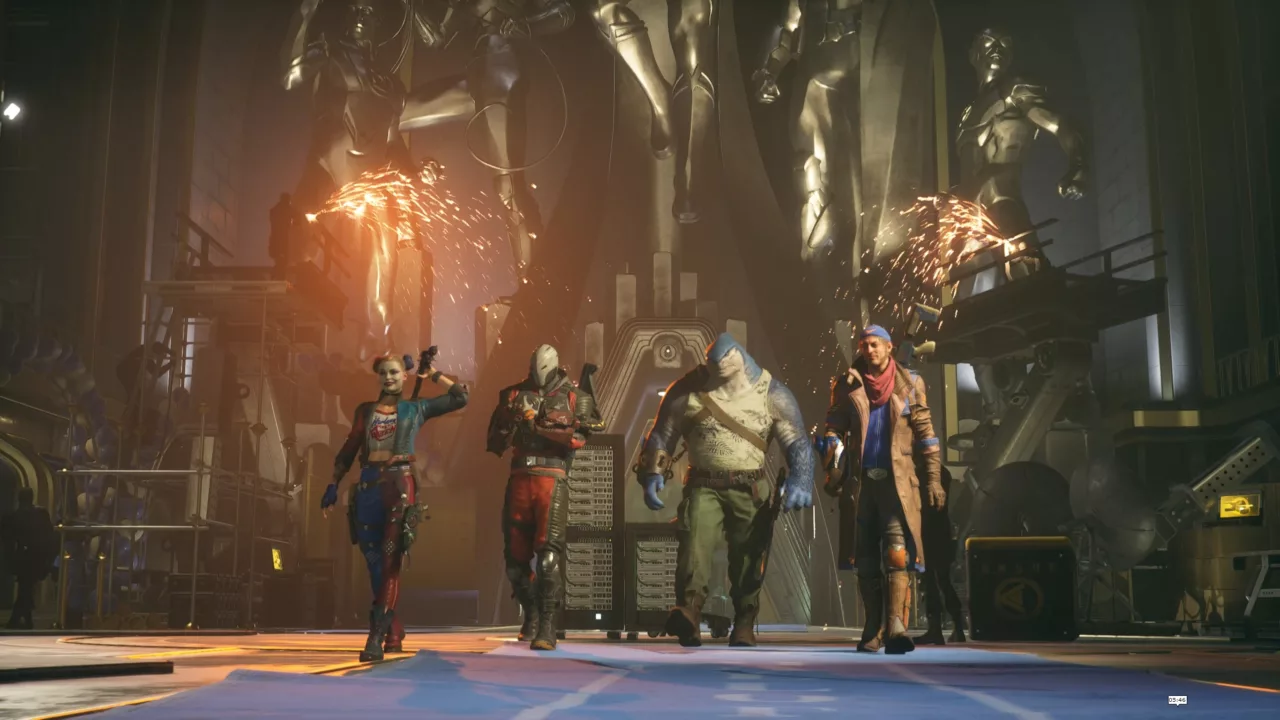
Getting this out of the way upfront. I like Suicide Squad Kills The Justice League. There’s a lot going on here that should be discussed, some of which are rather large negatives that we’ll get in to, but this isn’t a bad game, that’s a larger indictment of games as a service as a whole. Let’s break it down, the game sees you playing as either Harley Quinn, Digger Harkness A.K.A Captain Boomerang, Floyd Lawton otherwise known as Deadshot, and King Shark or Nanaue. Recruited against your will by Amanda Waller, head of the shadowy government organisation A.R.G.U.S to be part of “Task Force X” more informally known as “The Suicide Squad”. The premise is simple;. Brainiac has invaded, laying waste to Metropolis and using mind control to turn some of Earth’s Finest Heroes against us. Task Force X’s job is a simple one in theory, take out the Justice League, stop Brainiac, and save the world. That’s the story, and it’s a completely acceptable premise that could grace the pages of a DC Comic.
The main campaign plays out over roughly 12hours, with this duration varying on how many of the side missions you choose to complete along the way. There’s some pacing issues with how the bosses are spread out through those hours, and the way the story wraps up feels like a comic writer realising they only have 4 pages left, but it’s a great campaign. This is unsurprising given Rocksteady’s track record with the previous Arkham games. The cross character banter does a lot of the heavy lifting during cutscenes and missions to endear the characters who start out as potentially unlikable reprobates. Captain Boomerang by the end of the campaign went from disliked to standout character for their consistently enjoyable interactions and comedy. Some characters definitely are stronger than others when it comes to the writing though. Batman to me was the biggest “odd duck” of the lot, not because I dislike evil Batman, I’m fine with that, but more because, he didn’t feel threatening. Kevin Conroy delivers a fantastic Batman as always, and hams it up as a villain perfectly, but Batman never felt like a great detective. An early section of the game, sees you walking through a “Batman Experience” that recaps the previous Arkham games while covering Batman’s history. During this Batman picks you off one by one for story reasons. When you finally encounter Batman later in the game he relies on fear toxin for his sections. There’s no feeling of being against a smarter opponent, a man who has plans upon plans. Fighting against a man who seems larger than life, an entity some don’t believe is real, stalking you from the shadows. Those aspects, things that make Batman Batman, are just missing. When you’re dealing with characters that have existed since the 1940s, that people have grown up with, it’s tricky to please everyone. Overly protective fans are going to loudly speak up for characters, as is evident with how people feel about Kevin Conroy’s last performance as the caped crusader. It also means though, that there is a large amount of history and knowledge to pull from. Rocksteady have taken such care in areas of the game to fill it with little DC easter eggs, or nods to previous stories. Which makes the way that some of the characters are handled during the campaign just an even stronger point of criticism.
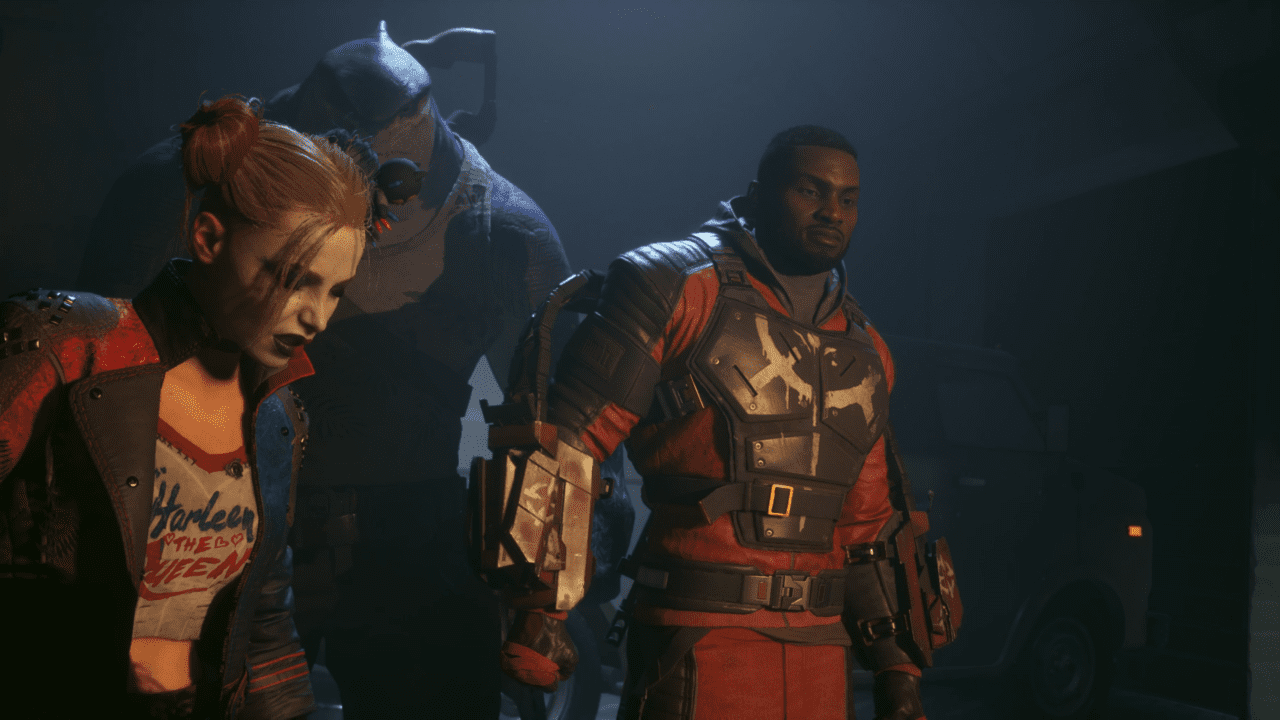
The campaign structure itself mainly relies on using generalised missions, with story beats surrounding them, which is to say, that the same missions you’re running during the campaign, are your endgame. Protecting escorts, destroying rooftop encampments, destroying walking artillery. This isn’t exactly new ground for live service games, Division and Destiny both have you run the content you levelled through at endgame. The same can be said for the types of mission you’re encountering, but that’s not a negative. End of the day all quests in online games boil down in to 6 different groups. Kill, Defend, Collect, Fetch, Escort, and Interact. Suicide Squad is no different, the only complaint here is that, as is always the case Escort quests are the warm bag of side salad you get with a takeaway that no one asked for.
When it comes to what keeps a game like this enjoyable through that grind, those repetitive missions, two main aspects that are at the forefront are how the combat feels and how enjoyable the traversal is. Missions are scattered around the map and so traversal has to be something fun. City of Heroes nailed this. Avengers partially failed at this hurdle, while some characters like Hulk or Iron Man were a delight to get around, Captain America players would turn up eventually. Suicide Squad doesn’t suffer from this issue, all 4 main characters have unique traversal skills that feel fitting, make sense in the comic world and feel satisfying to use. Harley swings through the city with a grapple gun and a Bat-Drone. Deadshot has a jetpack, King Shark throws himself through the air, and Boomerang uhhh, uses Boomerangs (technically he’s using the speed force).
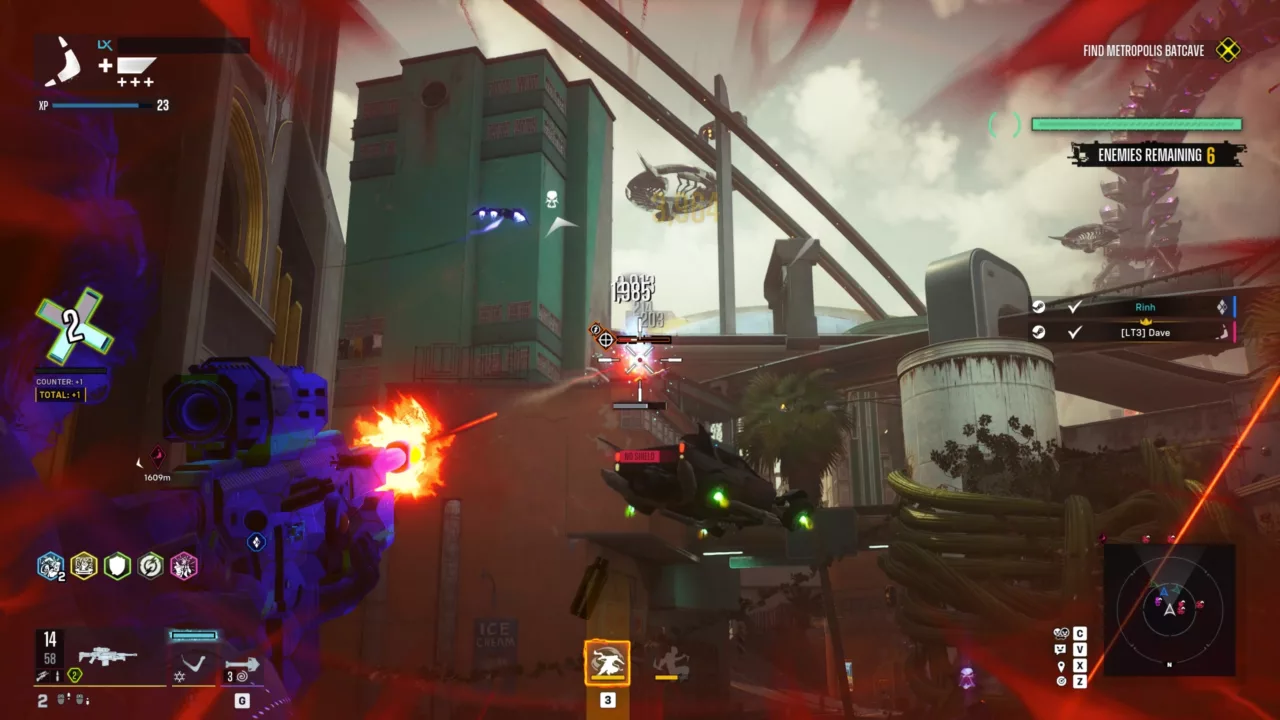
Combat on the other hand is frustrating. Sure it feels good enough, the guns are enjoyable to use, but it’s a missed opportunity. Each character uses a signature weapon or style when it comes to their melee interactions, from Harley’s Hammers to Boomers Rangadangs, and unique attacks for their Suicide Strike and Traversal attack, but their core damage is coming from guns. There’s nothing wrong with the gunplay, and each character uses a different selection of guns, but each character identity could have been expanded more in the arsenal they have available. This is the theme that runs through a decent portion of the game, “yeah, it’s good enough” rather than being that Rocksteady level of great that people hold their single player titles in.
So you now know what you’ll be doing and how you’ll be doing it, but what about the rewards for doing it? Suicide Squad is of course a looter shooter, so we’ve discussed the shooter, now the looter. Except… Let’s put a pin in the loot for a moment and discuss the live service approach. The main campaign basically plays out as a 12 hour long tutorial, preparing you for the rest of the game where you’re going to be spending most of your time, that endgame after launch experience is what you’re going to be spending more time in than anything else.
There’s a lot of discourse that you can find online regarding the feelings of the game being live service, or negative opinions expressing how long the game will survive, and honestly? I don’t agree. I want Suicide Squad to succeed, not only because I’m a comic book fan, but because I like the idea of supporting developers making smart choices. Suicide Squad is going to get compared to Avengers a lot. Avengers lasted 2 years, and during that time the biggest issue in my opinion was a stale update cycle, and a lack of content. That is the killer when it comes to a live service game in my opinion. You need to make sure you have an enjoyable core loop, traversal, combat, loot. Rinse, repeat. Outside of that, you need to have a constant drip of content, and let people know what’s coming. On this front personally I think Rocksteady get it. We already have a roadmap outlying the first three seasons of the game. New environments, enemy variants, boss fights, themed weapons and sets, new activities and a new playable character in the first season alone, with the following seasons looking to be the same. A battle pass filled with cosmetics is going to support each season when they launch, and even on this front Rocksteady it feels like Rocksteady are being respectful. While we don’t know what exactly they will contain, we do know that Battle Passes won’t expire. Meaning you won’t waste money or have to deal with FOMO when it comes to not completing a battle pass in time. The style and theme their using fits perfectly for an endgame situation. DC loves their multiverse, and leaning in to it and Elseworlds ideas for an endgame system allows for some fun ideas. We’ve seen heroes die or be twisted in stories like Injustice, Darksied War, Dceased, so we’re not seeing anything new or offensive by making the heroes villains. There’s also a large selection of heroes and villains to pull from to play with and against.
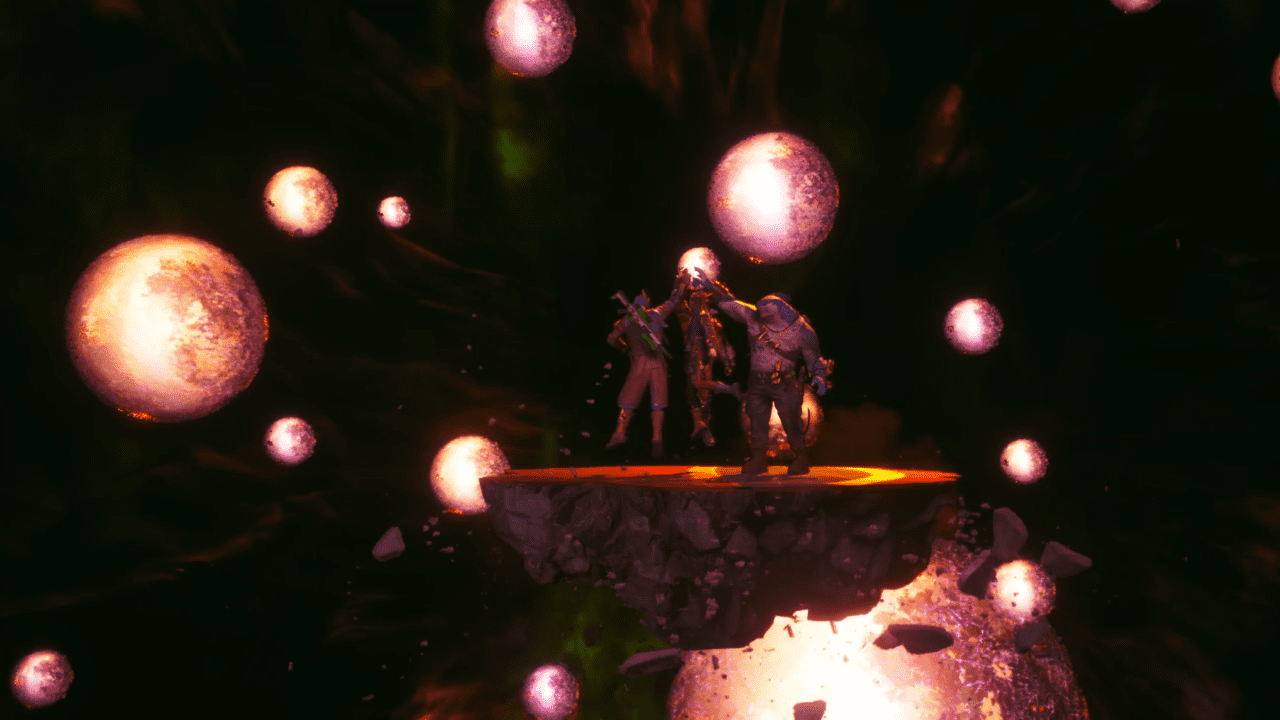
It’s reasons like this that cause me to want Suicide Squad kills the Justice League to succeed. There are some elements that need attention, while you can turn off a good amount of the bombastic clutter that the UI throws at you, some parts of it still could use refinement but those are easy fixes. Enemy variation is at this moment in time lacking, but this is being lessened with Season 1 in March. There’s also the risk of each season not adding enough content to make enough of an impact. At this point in time, Suicide Squad feels like another playground to spend time in. It’s not an MMO, I don’t see myself logging on daily, but I do see myself hopping on with friends when a new patch drops, or to knock out a few levels of a battle pass. It’s not game of the year, but it’s not a dead duck. Suicide Squad Kills The Justice League, gives you an arena to play around with friends in that’s just as valid or interesting as other live service games, offers the same style of quests and loot, and the same kind of experience, the theme and set dressing are different. As a comic book fan. I like the idea of hanging out in this one.
I could spend hours talking about the appeal or disdain for live service games, but this isn’t the place, nor the time to be honest. I think the model and idea of live service games needs to evolve and adapt, I don’t think Suicide Squad Kills The Justice League does anything fresh for the genre (Battle Passes that don’t expire is a much needed addition), but that’s a larger discussion to have. Where Rocksteady goes with Suicide Squad Kills The Justice League from here is hopefully in to a supported and sustained live service game, but with the online hotness at the moment being negativity for this game, and Warner Bros track record for cutting out the legs from under projects before they even find their feet, Rocksteady have a deck stacked against them.


